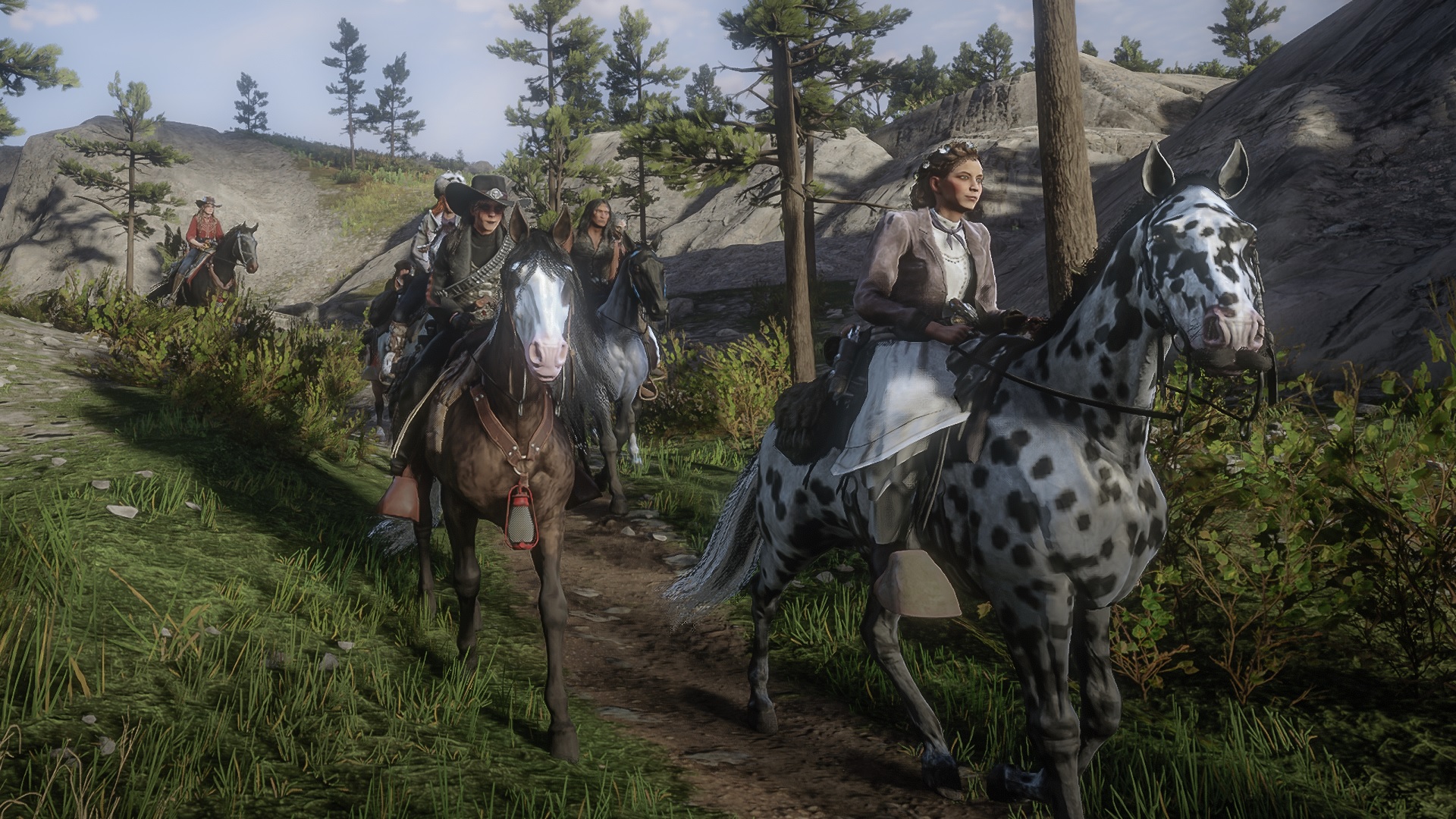Horse riding in video games often paints a romanticized and unrealistic picture of the experience. From effortlessly performing intricate maneuvers to defying the laws of physics with gravity-defying jumps, video game horse riding can leave real equestrians scratching their heads in confusion. The lack of attention to detail in the portrayal of horse anatomy, behavior, and movement can be glaringly obvious to those familiar with these majestic animals.
In this article, we will delve into some of the common misconceptions and inaccuracies that video games perpetuate about horse riding, and explore why its important for game developers to strive for a more authentic representation of this age-old tradition.
Misrepresentation of Horse Behavior

Many video games misrepresent horse behavior by oversimplifying the complexities of riding and interacting with these animals. In these games, horses are often portrayed as being easily controlled and obedient, following the player’s every command without any resistance. This is far from reality, as horses are intelligent and independent creatures with their own thoughts and instincts. In reality, building a bond with a horse takes time and effort, and successful horsemanship requires understanding their behavior and communicating effectively.
By perpetuating this false portrayal of horse behavior, video games are not only misleading players but also potentially setting unrealistic expectations for those who may be interested in pursuing equestrian activities in real life.
Unrealistic Handling of Horses

One common issue in video games that feature horse riding is the unrealistic handling of horses. Oftentimes, game developers simplify the mechanics of horse riding to make it more user-friendly, but in doing so, they overlook the intricate nuances of actual equestrianism. From overly responsive controls to horses that can sprint indefinitely without tiring, these unrealistic portrayals can leave players with a skewed understanding of what it takes to actually ride and care for a horse.
In reality, horses require finesse, patience, and a deep understanding of their behavior in order to effectively communicate and work together. By glossing over these important elements, video games miss an opportunity to educate players about the complexities of horse riding and reinforce false perceptions.
Lack of Attention to Equestrian Equipment

In many video games that feature horse riding, there is a noticeable lack of attention to equestrian equipment. Players are often portrayed riding horses without saddles, bridles, or any other necessary gear. This oversight not only detracts from the realism of the game but also perpetuates a lack of understanding about proper horse care and riding techniques.
Equestrian equipment serves essential functions in ensuring the comfort and safety of both the rider and the horse. Ignoring these crucial aspects not only misrepresents the equestrian experience but also misses an opportunity to educate players about the importance of proper equipment in horse riding. By including accurate depictions of equestrian gear in video games, developers can improve the overall authenticity and educational value of their games.
Conclusion
In conclusion, video games often inaccurately portray horse riding, overlooking crucial aspects such as realistic movement, behaviors, and care routines. From the unrealistic speed and agility of horses to the absence of proper grooming and hoof care, there are many areas where games can improve their representation of equine activities. By incorporating more accurate depictions of horse riding and maintenance, games can provide players with a more immersive and educational experience.
Utilizing real-world products like Best Hoof Conditioner can also contribute to a more authentic gameplay experience for those looking to learn about horse care. Overall, video game developers have the opportunity to enhance their virtual horse riding experiences by paying closer attention to the details that make equestrian activities unique and rewarding.


